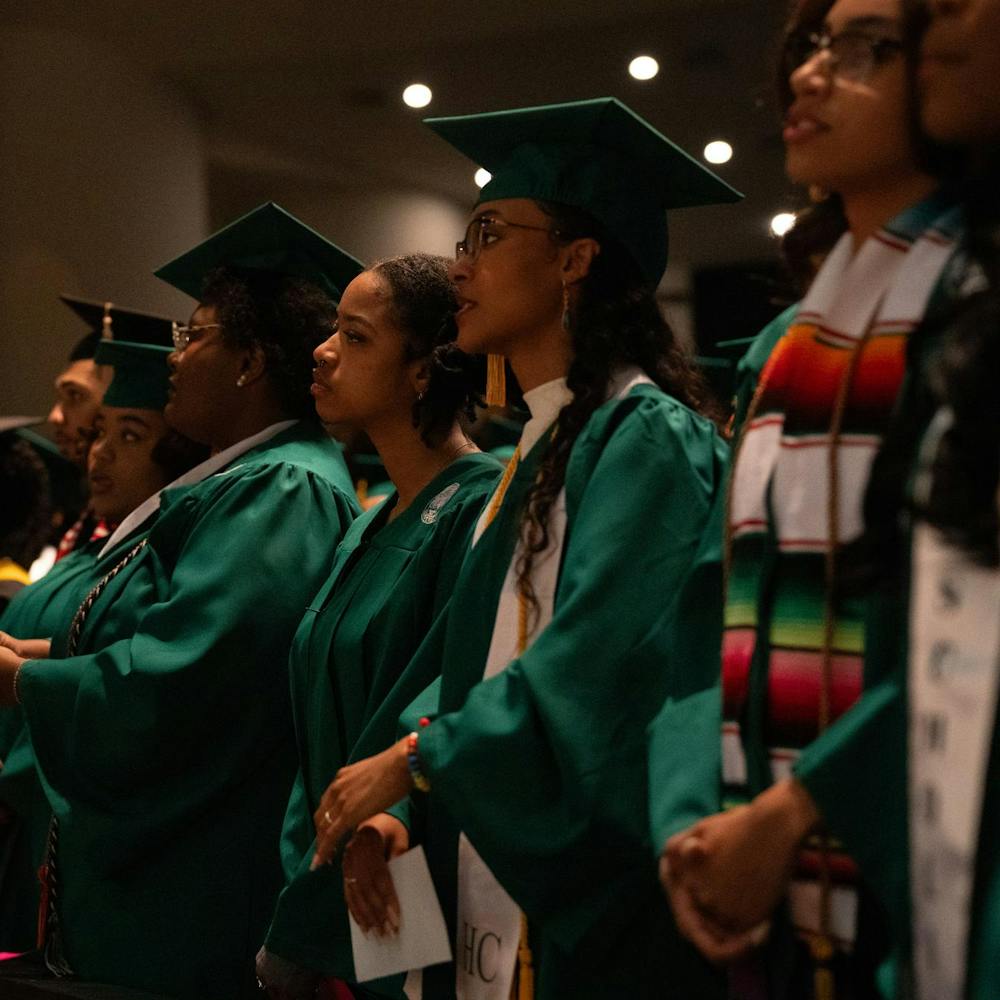After the early morning stabbing of a 19-year-old MSU student on Sept. 7, an alert was sent out to all who were signed up to receive them. This time, the alert came to students through a host of communication channels — text messages, phone calls and emails.
While some students and parents were overwhelmed with the number of alerts, many students see it as a sign of improvement in MSU’s alert system.
International relations junior Spenser Warren said the amount of alerts were warranted given the situation.
“I think they’re trying to improve their system, I think last year with the killing at Cedar Village it was a very slow response,” Warren said, referring to the January murder of MSU student Dominique Nolff when an alert warning students of the violence was sent out two hours and twenty minutes after the shooting. “I think this shows they’re trying to stop the flaws in their system such as the delay, and if there is an instance on or near campus, they’re going to do what they can to make sure their students know about it.”
MSU police Capt. Penny Fischer said the alert was disseminated across so many platforms because of the severity and threat level.
“This situation was an emergency notification under the requirements of the Clery Act, in which we sent it across all platforms due to the nature of the crime and the fact that there was an imminent threat to our community,” Fischer said.
At the time of Nolff’s death, MSU police Sgt. Florene McGlothian-Taylor said the message sent out was meant to be informative, not an emergency alert.
“We had to make sure all the information we had was correct,” McGlothian-Taylor said in a previous interview. “Had there been an active shooter on campus, we would have alerted students since that would be an immediate threat.”
But discerning between an immediate threat and a not-so-immediate threat leaves some students questioning the system.
“I feel like we should have known sooner then,” human biology junior Cherelle Johnson said of Nolff’s shooting. “Both occurrences happened off campus, so I don’t see how they’re any different, and in both instances somebody got hurt. I don’t think it’s right to withhold important information that affect students on campus.”
Johnson, who said she has tried multiple times to register to receive campus alerts, found out about the stabbing through Twitter.
“We are students here and we should know whether we are in a safe environment or not. I think it was a great idea for them to notify us on what’s going on,” she said.
Other students see the timely alert as a positive step for MSU.
“I think it’s all for our protection, so how could you blame them (for sending so many alerts),” economics freshman Evan Toth said. “I think they’re trying to improve their responses every year. The quicker the better, but they can’t be perfect ... at least they’re trying to prevent (delays) from happening in the future.”
Support student media!
Please consider donating to The State News and help fund the future of journalism.
Discussion
Share and discuss “In light of Sept. 7 stabbing, MSU community reflects on university alert system” on social media.






